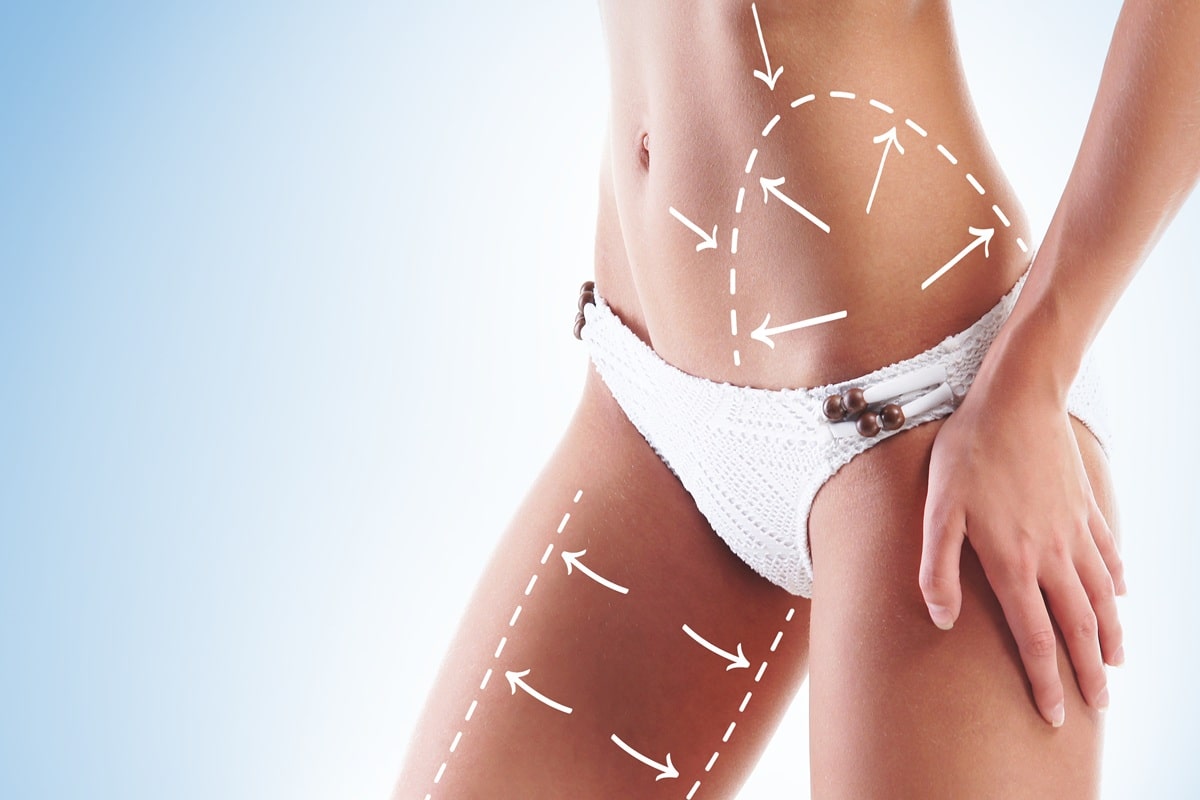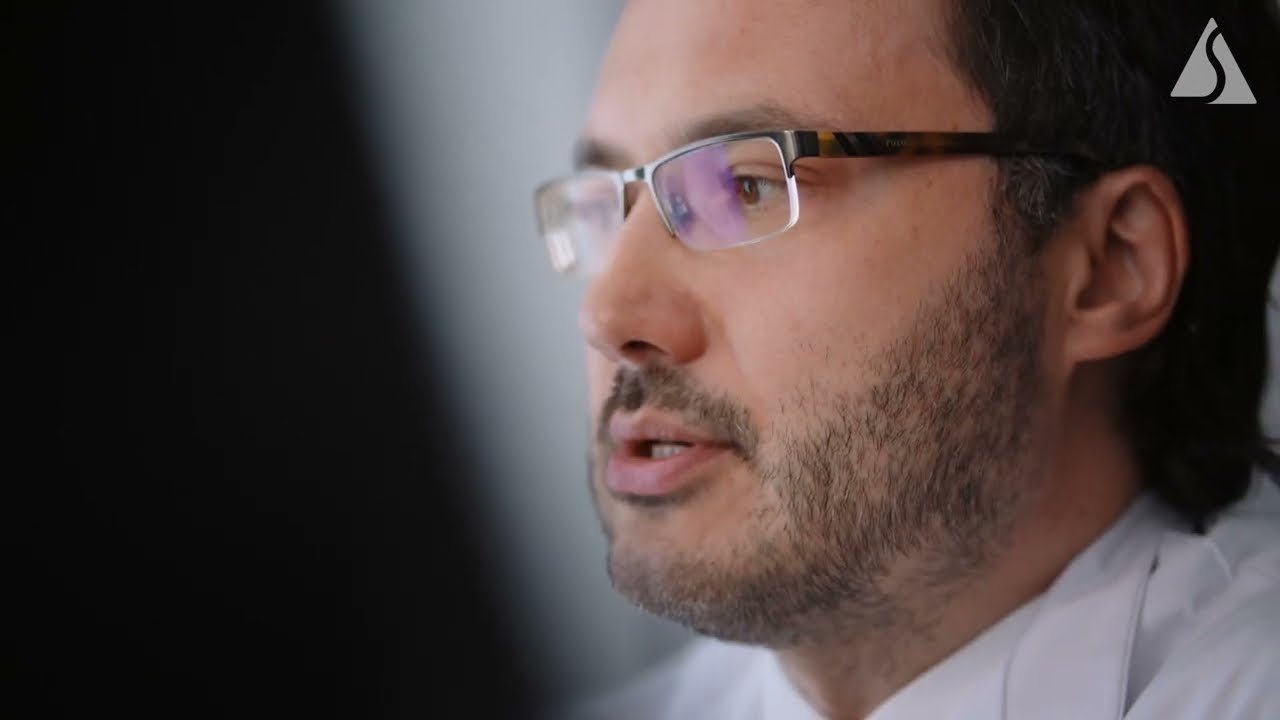3D visualization in plastic surgery - modern planning

The development of modern technology has not bypassed aesthetic medicine and plastic surgery. Just a few years ago, patients had to rely solely on the doctor's descriptions and before-and-after photos, trying to imagine the effects of surgery. Today, thanks to 3D visualization, it is possible to see the results even before the surgery, increasing patients' confidence and comfort. This innovative method, initially used in architecture and design, has opened up new possibilities in the medical industry, allowing precise planning and better tailoring of procedures to individual patient needs. How exactly does this technology work and why is it becoming a standard in plastic surgery?
3D visualization in plastic surgery - modern technology in medicine
3D visualization is an innovative tool that is revolutionizing plastic surgery planning. Thanks to advanced digital imaging, the patient and the doctor can accurately analyze the anticipated results of the procedure even before it is performed. This is extremely helpful both in terms of better tailoring the procedure to the patient's individual anatomical features and to realistically set expectations for the outcome.
Traditional methods of consultation were mainly based on pre- and post-operative patient photos and review drawings. Now, thanks to 3D technology, patients can see a simulation of their own face or body after surgery, which helps them make an informed decision and better understand what results are possible. What's more, the technology makes it easier for doctors to accurately plan surgeries, increasing the accuracy and predictability of the outcome.
How is a 3D visualization created?
The process of creating 3D visualizations begins with a 3D scan of the patient's face or body using specialized cameras and software. The digital model is then analyzed by the doctor, who uses special algorithms to simulate the effects of various procedures, such as rhinoplasty, breast augmentation, facelift or asymmetry correction. The system takes into account the patient's unique anatomical structure, proportions and tissue properties, allowing for a realistic representation of the changes.
Application of 3D visualization in plastic surgery
Thanks to 3D technology, it is possible to precisely tailor the procedure to the patient's individual anatomical features and realistically visualize the anticipated results.
3D visualization in breast plastic surgery
One of the most common applications of this technology is breast augmentation, where the patient can see how different sizes and shapes of implants will affect her figure. The process begins with taking pictures of the breasts from several perspectives, and then specialized software generates a 3D model of the body on which the doctor can simulate different variations of the surgery. The patient has the opportunity to assess how the changes will affect her proportions and what effect she wants.
This not only makes it easier to decide on the size and type of implant, but also reduces the risk of dissatisfaction with the results. 3D visualization also allows the surgeon to accurately plan the procedure and match its details to the patient's physique, which significantly increases the precision and safety of the operation.
The use of 3D in rhinoplasty
Visualization technology is also widely used in rhinoplasty, the surgical correction of the nose. It allows the patient to see various options for changing the shape of the nose - whether it be a subtle reduction of the hump, improvement of proportions, or complete reconstruction of the shape. 3D modeling helps to set expectations and find optimal solutions that will harmonize with facial features.
Visualization in facelift and mandibular contouring
3D visualization is also extremely useful in rejuvenation procedures, such as facelift, volumetry and jaw contouring. It allows patients to assess how different techniques will improve the appearance of the skin, increase tissue tone and affect the overall shape of the face. With the technology, patients can realistically see how their face might change after various methods - from minimally invasive fillers to surgical interventions.
Precise planning of body plastic surgery
3D visualization is also used in other body contouring procedures, including liposuction, abdominal plication and buttock shaping. With this technology, patients can assess how their silhouette will change after excess fat is removed, skin tone is improved or volume is added in specific areas.
Benefits of 3D visualization in plastic surgery
The introduction of 3D imaging into aesthetic medicine has significantly changed the way plastic surgery is planned and performed.
- Better matching of results to expectations - the ability to realistically visualize makes it clear to the patient what they will look like after the procedure.
- Precise surgical planning - the surgeon can accurately determine the extent of the lesions and adapt the surgical technique to the patient's anatomical conditions.
- Increased safety and predictability of results - visualization allows the doctor to assess possible challenges and select the most effective solutions.
- Greater patient satisfaction - with realistic simulations, patients are more confident in their decision and the risk of dissatisfaction with the results of the procedure is reduced.
Thanks to 3D visualization technology, plastic surgery has entered a new era of precise planning and individual approach to each patient, which significantly increases the quality and effectiveness of the procedures performed.
Thanks to 3D technology, our surgeons can offer patients even better and more precise surgery planning. This is a new quality in performing plastic surgery, which projects satisfactory results. We are pleased that as one of the few clinics in the country, we can take advantage of the latest technological advances. Advanced tools, of course, do not replace the knowledge and experience of specialists, but they are an invaluable support in the pursuit of better results. - Dr. Konrad Kochan, plastic surgery specialist at Dr Szczyt Clinic.
FAQ
What is 3D visualization in plastic surgery?
3D visualization is an advanced imaging technology that allows a realistic representation of the effects of plastic surgery even before the procedure. With specialized scanners and software, it is possible to see how different procedures will affect the patient's appearance, taking into account individual anatomical features.
How does the process of creating 3D visualizations work?
First, a scan of the patient's face or body is taken using 3D cameras. The system then generates a 3D model that the plastic surgeon can modify to simulate the effects of various procedures. The patient is able to see the changes from different angles and in different variations.
Does 3D visualization give 100% certainty that the effect of the operation will be exactly the same?
Although 3D visualization allows for a very realistic representation of the effects of surgery, the result may vary slightly. This is influenced by the individual characteristics of the patient's body, the healing process and how the skin and tissues will adapt to the changes.
Is 3D visualization mandatory before plastic surgery?
It is not necessary, but many surgeons recommend visualization because it helps the patient make an informed decision and better understand what results are possible. This is especially useful for body contouring and facial surgery.
Is 3D visualization available to every patient?
Yes, most people are eligible for 3D visualization. The only limitations may be some rare anatomical cases or complex reconstructive surgeries, which require a personalized approach.
Does 3D visualization affect the safety of surgery?
Yes, because precise planning of the operation using 3D visualization allows the doctor to more accurately determine the extent of surgical interference. This makes the procedure more predictable and reduces the risk of complications.
Can I see different variants of the effects of the operation during visualization?
Yes, 3D visualization allows simulation of different surgical scenarios. The patient can see several versions of the changes and decide which one suits his or her expectations.
Is 3D visualization available for non-surgical procedures?
Yes, in some cases 3D visualization can be used to plan aesthetic medicine procedures like facial volumetry or contouring with hyaluronic acid or botulinum toxin.










-min.png)



